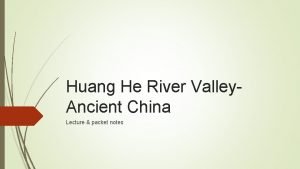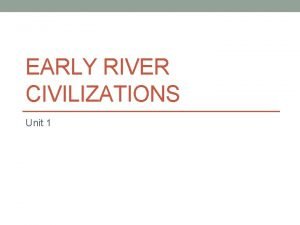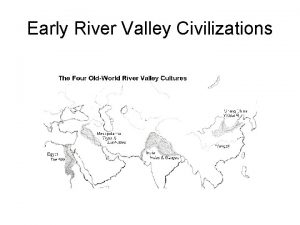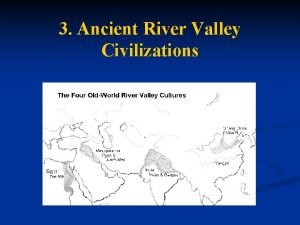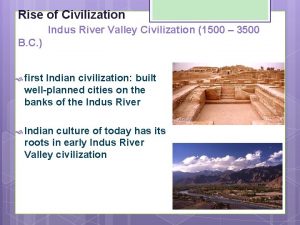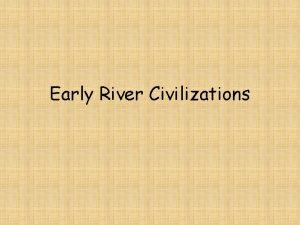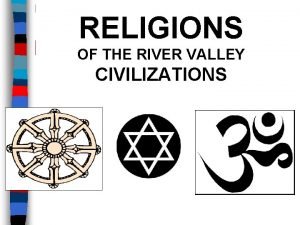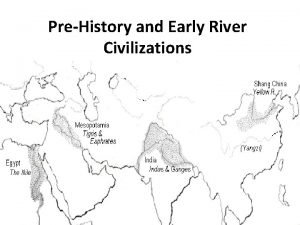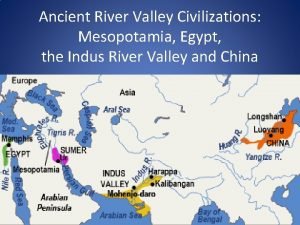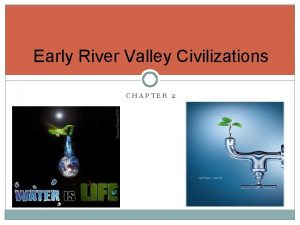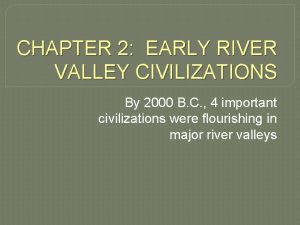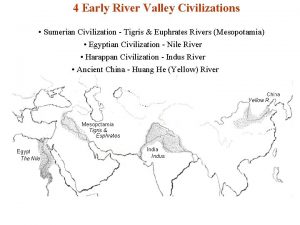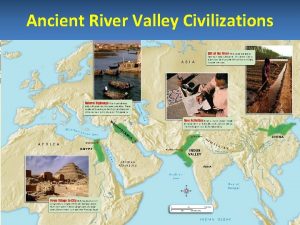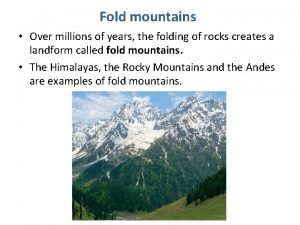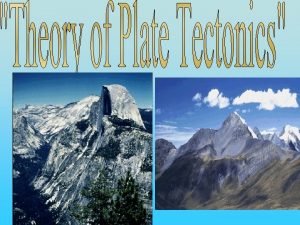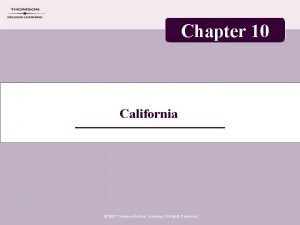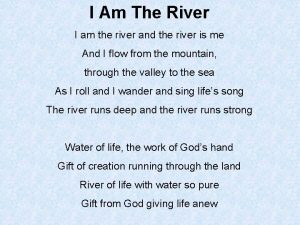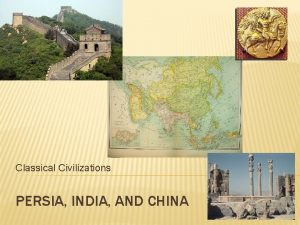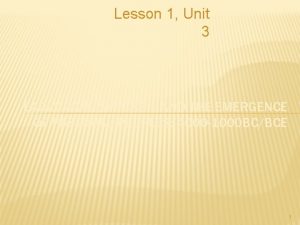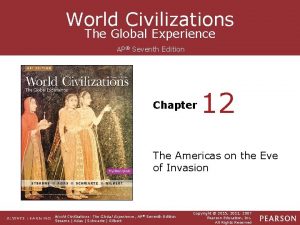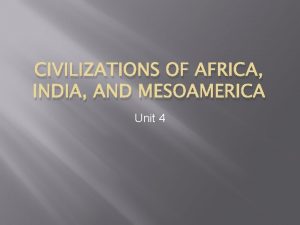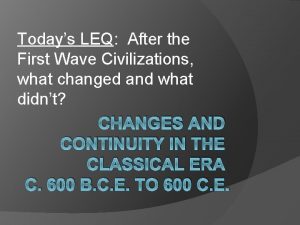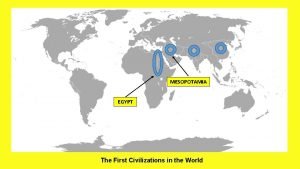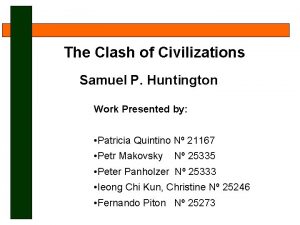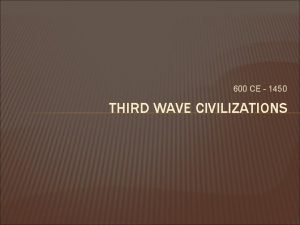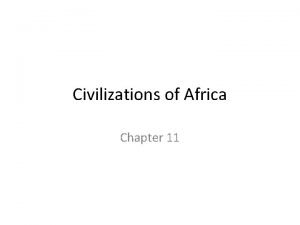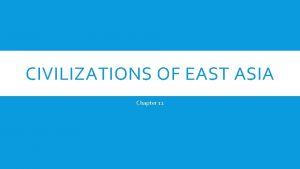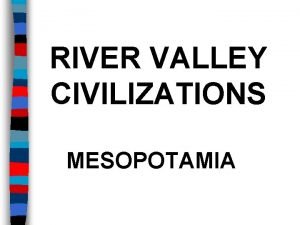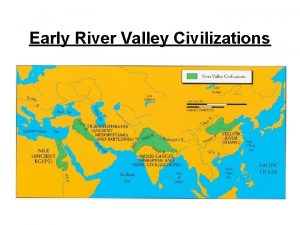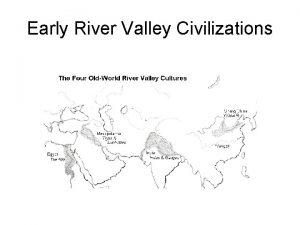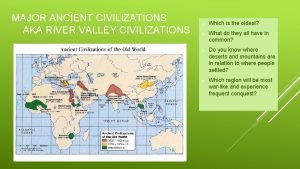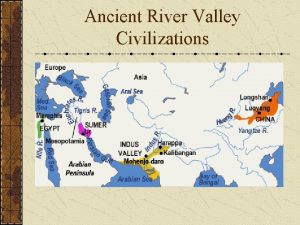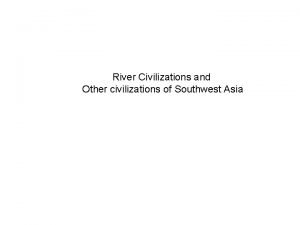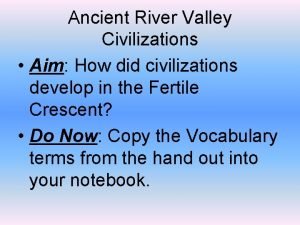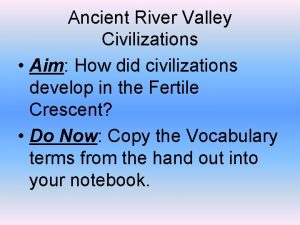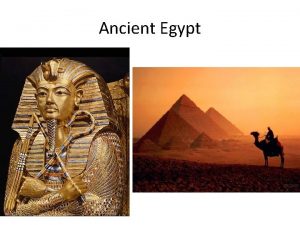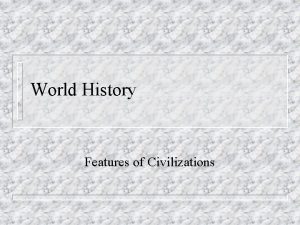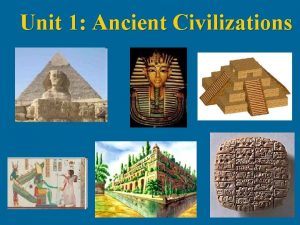FROM RIVER VALLEYS TO EMPIRES The Classic Civilizations





































- Slides: 37

FROM RIVER VALLEYS TO EMPIRES The Classic Civilizations of Persia, India, and China

Essential Question: What is the difference between a “river valley civilization” and an “empire”?

After thousands of years of civilization in river valleys, the world’s first empires appeared River valley civilizations were complex societies with advanced technologies, cities, workers, writing, and institutions (religions and governments)

Like river valley civilizations, empires were advanced societies with well-organized, centralized governments The difference is that empires conquer and rule over a variety of formerly independent people “EMPIRE” defined: a group of several different nations or people united and ruled over by a monarch (like an emperor or king)

The nations that are ruled over obey and serve the mother country of the empire In the first ancient empire we learn about, the mother country of the empire was Persia

Persian Empire Major Empires Mauryan and Gupta Empires in India Han Dynasty in China

Mesopotamia: River Valley to Empire The fertile soil and lack of natural boundaries (like mountains) in Mesopotamia led to the Mesopotamian civilizations being the target of frequent invasions and conquests

One of the most important ancient empires was Persia (present-day Iran)

The Persians grew into a powerful empire under Kings Cyrus and Darius

With a powerful army, the Persians conquered Mesopotamia, Egypt, and India The “ 10, 000 Immortals”: Persia’s elite fighting force

Persia’s religion was Zoroastrianism (based on the teachings of the prophet Zoroaster) This religion viewed life as a struggle between good and evil; the Persians believed in Heaven and Hell as consequences for how they lived their lives

Zoroastrianism influenced the views of the afterlife in Judaism, Christianity, and Islam

How did the Persians control such The Persian Empire at its Height a massive empire?

PERSIA’S SYSTEM OF CONTROL Persia controlled their lands in a variety of ways Persian kings were tolerant; they allowed conquered people to keep their languages and religions This kept the conquered people content and less likely to rebel

PERSIA’S SYSTEM OF CONTROL Rather than destroying or looting conquered cities, King Cyrus would show respect for local customs As the mother country of the empire, the Persians were definitely in charge However, life was tolerable under Persian rule, so this made most conquered people content

THE PERSIAN EMPIRE AT THE HEIGHT OF ITS POWER King Darius divided the empire into twenty provinces, each one was ruled by a satrap (local governor)

Satraps served PERSIA’S SYSTEM OF CONTROL as the “eyes and ears” of the Persian kings in their respective provinces They collected taxes from the people of the provinces and informed the king of any uprisings

PERSIA’S ORGANIZED EMPIRE The Persians built a network of roads in order to collect taxes, improve communication, and facilitate trade throughout their empire

PERSIA’S ORGANIZED EMPIRE The Persians used metal coins with standardized values to help promote trade

Empires in India: the Mauryan and the Gupta

The Mauryan Empire of India Indus River Valley

The Mauryan Empire of India After the river valley era, India transitioned into the Mauryan Empire Indus River Valley

Chandragupta Maurya became king of India in The Mauryan Empire of India 321 BCE (Before Common Era), created a vast army, and conquered surrounding lands Chandragupta’s empire controlled most of the Indian subcontinent

MAURYAN EMPIRE’S SYSTEM OF CONTROL King Chandragupta Maurya used tactics similar to the Persians’ to control his empire The king divided his empire into provinces, each ruled by a local prince that reported to him

The Mauryan Empire of India In 269 BCE, King Asoka took over; he Indus River expanded the. Valley Empire to its greatest extent

During. Empire his warsof of expansion, The Mauryan India Asoka converted to Buddhism After witnessing an extremely bloody battle, Asoka developed new policies of tolerance and non-violence for his empire Buddhism spread as a result Indus River Valley of Asoka’s influence

The Gupta Empire of India After Asoka’s death, the Mauryan Empire declined and was replaced by the Gupta Empire Chandra Gupta formed the Gupta Empire in 320 A. D. and expanded the empire

Gupta Empire: Classical India experienced a “golden age” of art, learning, and science during the Gupta Empire, which was known as a “classical empire” Indian astronomers were the first to discover that the Earth is round Mathematicians invented modern numerals, the number zero, pi, and the decimal system

Gupta Empire: Classical India Merchants sold exotic spices and silks to people throughout Asia and the Mediterranean world, increasing India’s prosperity

Han Dynasty in China

China and the Dynastic Cycle Government in China was based upon the dynastic cycle: One ruling family (a “dynasty”) gains the “mandate of heaven”, then rules until the dynasty grows weak and is overthrown

As a result, eras in Chinese history are named after the ruling dynasties (such as Shang, Zhou, Qin, Han) During the Han Dynasty, China became a “classical civilization” marked by its advanced government, trade, and technology

Han kings built a powerful army and expanded into Asia to form China’s first empire Chinese emperors added thousands of government workers (called bureaucrats) to collect taxes, enforce laws, and oversee building projects

In order to gain one of the 130, 000 government jobs, citizens had to pass a civil service exam Exams were based on Confucian teachings

Han China: The First Chinese Empire Chinese technology became advanced, especially silk and paper making. Paper made books cheaper and increased literacy in China

Han China: The First Chinese Empire The desire for Chinese luxury goods led to the Silk Road: trade routes that connected China with Indians, Persians, and Mediterraneans

Closure Activity: Identify 3 similarities and 3 differences among the Persian, Indian, and Chinese empires
 How were land based and maritime empires similar
How were land based and maritime empires similar Oxbow lake constructive or destructive
Oxbow lake constructive or destructive Huang ho civilization
Huang ho civilization 4 river valley civilizations
4 river valley civilizations Code of hammurabi
Code of hammurabi 4 river valley civilizations
4 river valley civilizations River valley civilizations
River valley civilizations Yellow river civilization map
Yellow river civilization map River valley civilization
River valley civilization Slidetodoc.com
Slidetodoc.com River valley civilizations map
River valley civilizations map 4 river valley civilizations
4 river valley civilizations Chapter 2 early river valley civilizations
Chapter 2 early river valley civilizations River valley civilizations def
River valley civilizations def River valley civilizations vocabulary
River valley civilizations vocabulary 4 river valley civilizations
4 river valley civilizations Ancient river valley civilizations powerpoint
Ancient river valley civilizations powerpoint Indus river valley job specialization
Indus river valley job specialization Fold mountains map
Fold mountains map Rift valleys form when- *
Rift valleys form when- * Fold mountains in munster
Fold mountains in munster Types of valleys
Types of valleys How to draw esperanza rising
How to draw esperanza rising V shaped valley formed by
V shaped valley formed by Wine valleys in california
Wine valleys in california I am the river and the river is me
I am the river and the river is me Green river (duwamish river tributary)
Green river (duwamish river tributary) The two classical civilizations of ancient india were the
The two classical civilizations of ancient india were the Answer
Answer World civilizations the global experience 7th edition
World civilizations the global experience 7th edition Quipus
Quipus World civilizations the global experience 7th edition
World civilizations the global experience 7th edition Second wave civilizations
Second wave civilizations First civilizations
First civilizations Clash of civilizations huntington
Clash of civilizations huntington Third wave civilizations time period
Third wave civilizations time period Chapter 11 section 1 early civilizations of africa
Chapter 11 section 1 early civilizations of africa Lesson quiz 11-4 civilizations of east asia
Lesson quiz 11-4 civilizations of east asia


